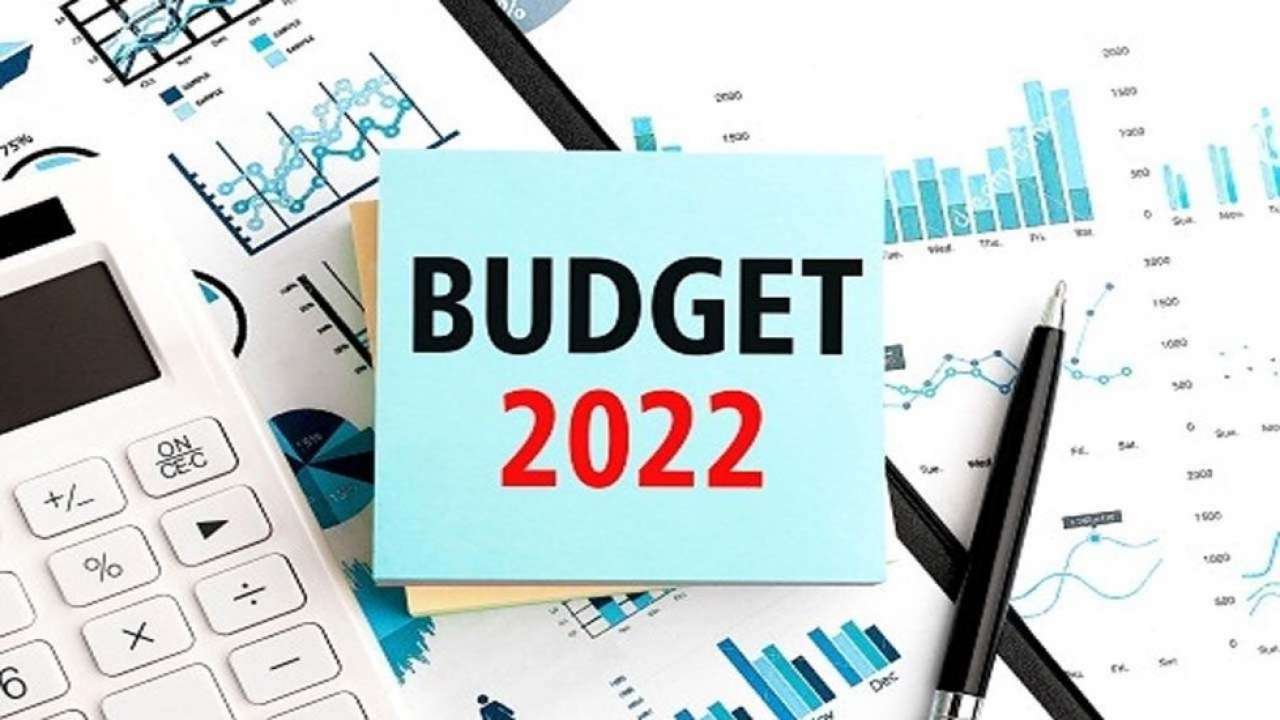
India's governments have had to balance the demands of a large and poor population against the meagre resources it has at its command. It is no wonder then that the annual budget has been the centre of attention of newspersons, policy professionals, political pundits, corporate leaders and even the layperson. There is little evidence that the interest has subsided, but it seems the nature of the budget has changed.
In the old days of the planning commission and five-year plans, detailed assessments led to rigid over-arching policy proposals. These proposals then found their practical manifestation in the budget. With the government controlling most of the productive sphere of the economy, the budget impacted the everyday lives of the average Indian. Today, the economy is much more vibrant as the government has given up much of the turf reserved for it. Further, as the economic survey from 2021-22 explained, policymaking in the country has moved away from rigid plans. The new barbell strategy in which policies are claimed to be formulated based on real-time inputs and adjusted incrementally has deemphasized the importance of the budget. Consequently, the budget 2022-23 is more of an accounting exercise. So, if you were looking for excitement, best look someplace else.
Nonetheless, as an account of government spending and income, the budget still provides a sketch of what we can expect in the coming year.
What is Capex?
It is capital expenditure. This type of spending creates future streams of income. At an individual level, think of buying mutual funds, buying a house, or even paying tuition fees for a degree. All of these create possibilities for future returns. Now, contrast these to paying rent, or buying groceries. These kinds of everyday spending allow you to live, but do not create future assets. They are like the government paying salaries and are called revenue expenditure. Typically, most economists want governments to spend more on capital items than revenue. It provides an impetus to growth and increases the size of the economic pie.
The good news is that the proposed capital expenditure by the government has increased by 35.4% from ₹5.54 lakh crore in 2021-22 to ₹7.50 lakh crore in 2022-23. It comes on the back of a 34.5% increase from 2019-20 to 2021-22. More importantly, this capital expenditure is largely for trunk infrastructures like highways, rail lines and ports.
Borrowing: crowding-in or out?
Almost all governments in the modern world run a deficit, where their expenditure is higher than their income. This means that governments routinely borrow money from the market. But this means that government and private investors compete in the market for the money that is available. If the government starts borrowing a lot, one concern that always crops up is that it will make it difficult for private investors to borrow. The result can be a decrease in private investment and entrepreneurial activity. This effect is called crowding-out. Typically high levels of (even capital) expenditure by the government would raise concerns about the potential crowding-out of private investment.
But there are two reasons why this may not be a problem in this current context. The first is that the budget estimates that despite the increase in expenditure, the (fiscal) deficit is estimated to be 6.4% in FY23, lower than the revised estimate of 6.9% for FY22. If this turns out to be the case, and it is a big if, then the government will be borrowing less in the coming year than the last. This will reduce the competition for funds between the government and the private sector. That Indian banks are in much better shape than in previous years and the increased availability of private risk capital (venture funds etc.) will further reduce the competition. Secondly, increased government investment in basic infrastructure increases the incentives for the private sector to invest. After all, no one would build a factory if there is no highway or railhead nearby. This role of complementing and facilitating private capital is in stark contrast to government expenditure in the past that tended to substitute private investment (by building businesses like Iron & steel mills). It is therefore very likely that this increase in capital outlay will kick start the process of crowding-in private investment.
What's in it for me?
Unfortunately, if you are a salaried employee like me, nothing. This can be disappointing, after all, who doesn't want to pay fewer taxes? There is even a sound economic reason for lower taxes. They increase disposable income and consequently increase consumption. Great for the economy, and great for the people! Especially with important elections coming up, expecting some tax relief was an even money bet. But, for once, it seems prudent fiscal math has trumped electoral considerations.
What prudent math, you ask? The government has to spend more to nurse the economy out of the pandemic. Direct relief aside, recall the high capital expenditure that may help pull the economy out of the rut it was stuck in even before the pandemic hit. Now, if expenditures are to rise, income, at the very least, should not decrease.* That is if you want to keep your deficit (and therefore borrowing low) in check so as not to crowd out private investment.
It is a tough job being a democratic and largely poor country. The few who have the resources will have to contribute disproportionately to help those who do not. Let us hope that in the coming years, economic growth will pull more and more people into the group that can contribute. Maybe then we can legitimately ask, what is it in for us.
*A legitimate case can be made that a decrease in tax rates can, in certain cases increase tax revenue. But that is an argument for another day.
The author is an assistant professor of economics at the Jindal School of Government and Public Policy.